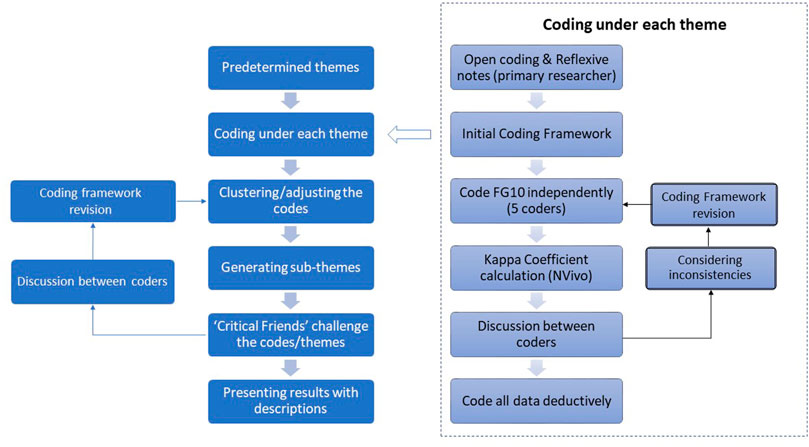
**Grasping the Intricacies of ‘Behavioural Fatigue’ Amidst Epidemics**
**Introduction**
The phrase “behavioural fatigue” gained significant attention during the COVID-19 outbreak when it was referenced by the UK Government as a justification for postponing lockdown procedures. This led to discussions regarding its scientific validity and the presence of evidence backing it.
**Scientific Basis and Misinterpretations**
Opposing the assertions of “no scientific basis,” there is extensive research investigating how individual adherence to health precautions shifts during epidemics. Although the phrase “behavioural fatigue” may not appear frequently in scholarly works, numerous studies have examined how risk assessment and adherence to preventive actions develop over time.
**Risk Assessment and Adherence**
Findings indicate that as the perceived danger lessens over time, adherence to preventative actions frequently decreases. In the initial stages of a pandemic, heightened risk awareness typically results in increased compliance. However, as individuals adjust to the perceived threat, practices like social distancing and hygiene measures may decline.
**Insights from Past Epidemics**
Investigations from the 2009 H1N1 pandemic and others present proof of fluctuating adherence. For instance, studies conducted in Italy, Hong Kong, Malaysia, and the Netherlands uncovered a pattern of rising and falling compliance with health strategies, often corresponding with alterations in risk perception.
**Objective Indicators of Behavioural Shifts**
A number of investigations have utilized creative approaches to quantitatively evaluate behavioural shifts. For example, the surge in television viewing in Mexico during the H1N1 crisis acted as a proxy for social distancing, aligning with infection statistics.
**Obstacles to Adherence**
Qualitative research points out various factors contributing to diminishing compliance, including societal and economic pressures, conflicts arising from family responsibilities, and general acclimatization to new societal norms.
**Models of Compliance in Epidemics**
Mathematical frameworks have been essential in comprehending compliance dynamics. They imply that fluctuations in adherence could fuel epidemic cycles. Researchers across fields such as epidemiology and game theory have crafted models to predict and clarify these occurrences.
**Insights Gained**
The discussion surrounding “behavioural fatigue” highlights the crucial need for precise communication from both scientists and policy experts during emergencies. Proper representation of scientific findings is vital for developing effective public health policies.
**Conclusion**
Though “behavioural fatigue” may not be the exact terminology used in scientific circles, the concept is indeed present in various research endeavors. Both historical and model-driven evidence reveal intricate variations in public adherence during epidemics, shaped by risk perception and social influences. By reflecting on previous experiences, society can continue to engage in essential health practices, ensuring public health is protected, even as the danger becomes a commonplace reality.